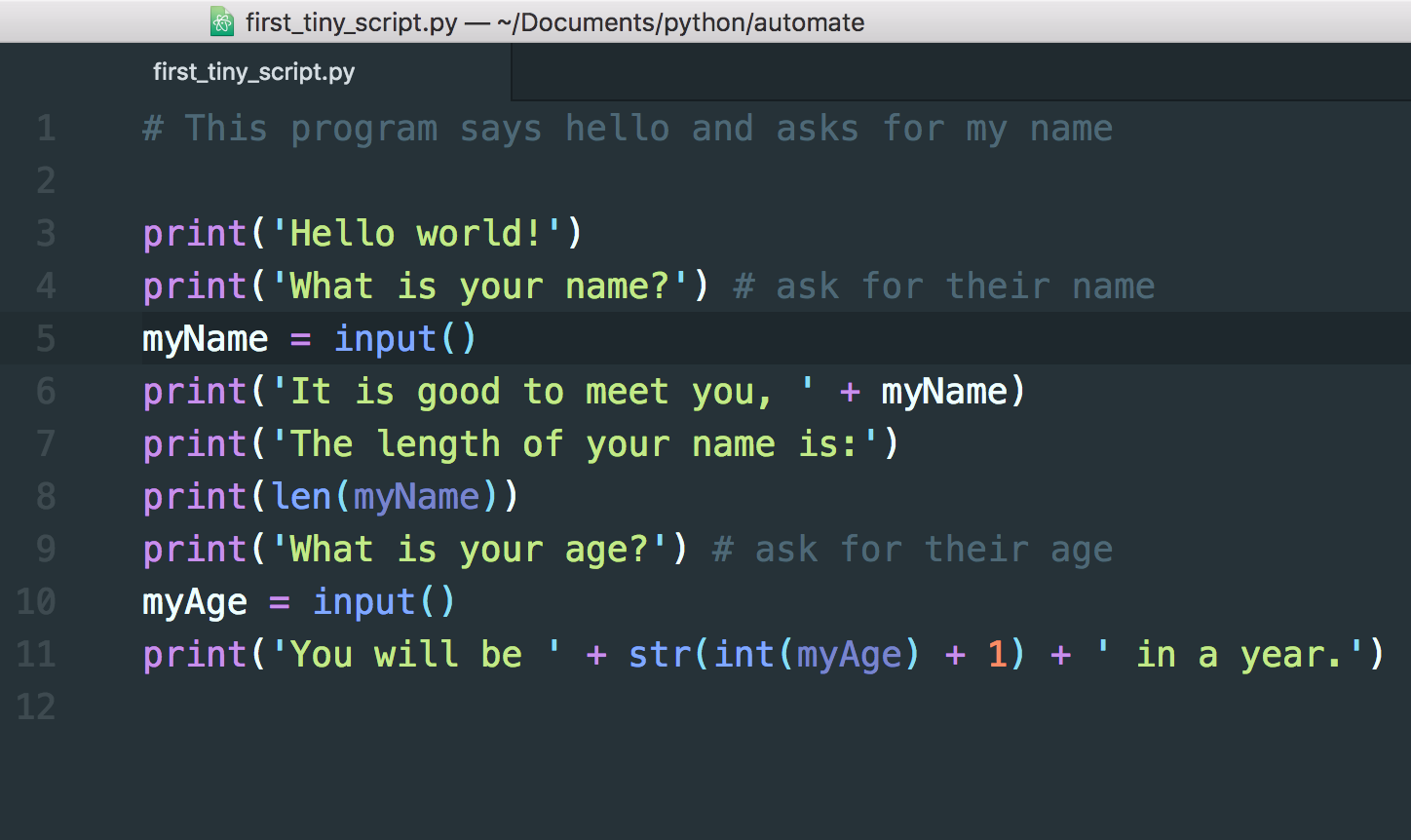Nearly every real-world application needs to read data from or write data to a permanent storage medium. Learning how to work with files in Python is an essential skill that allows your programs to save their state, process external data, and generate reports. This guide will cover the basics of handling files, including opening, reading, writing, and managing potential errors along the way.
Table of Contents
📖 How to Open and Read from Text Files
The most common file operation is reading data. Python makes this easy with the built-in `open()` function. The best practice for working with files is to use the `with` statement, as it automatically handles closing the file for you, even if errors occur. To read the entire content of a file, you can use the `.read()` method. For larger files, it’s often more efficient to read the file line by line using a `for` loop, which processes the file without loading it all into memory at once.
✍️ How to Write and Append to Text Files
To write data to a file, you open it in one of two modes. Opening a file in write mode (`’w’`) will create the file if it doesn’t exist, but it will overwrite any existing content if it does. This is useful for creating new files or starting fresh. If you want to add new information to the end of an existing file without deleting its current content, you should use append mode (`’a’`). Once the file is open, you can use the `.write()` method to save your string data to it.
📊 A Quick Look at Handling CSV Data
While you can process comma-separated values (CSV) files as plain text, Python’s built-in `csv` module makes it much easier and more reliable. This module allows you to read a CSV file row by row, where each row is automatically parsed into a list of its values. It also provides a writer object that lets you easily write lists as new rows to a CSV file, properly handling commas and quoting so you don’t have to worry about formatting issues.
—
Tadese, Girmay. Code Smart with Python Programming Language. Venus Online Software Training, 2024.
More Topics
- How to Showcase Your Python Skills with Mini-Projects
- How to Level Up with Advanced Python Programming Concepts
- How to Use Python for Cybersecurity Tasks
- How to Use Python for Data Science and Machine Learning
- How to Organize Your Code with Python Functions and Modules
- How to Use Python’s Core Data Structures
- How to Get Started with Object-Oriented Programming (OOP) in Python

